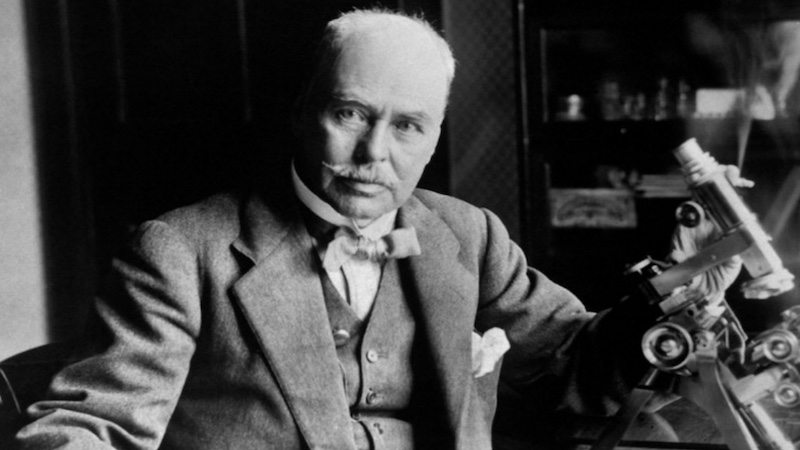Malaria
Episode #7 of the course “History of western epidemics” by Robin Tang
Although malaria is now largely confined to sub-Saharan Africa, it was once a disease that extended across the entire globe and shaped the course of history. Malaria—at least in part—contributed to the downfall of the Roman Empire, where it was so pervasive that it was known as the “Roman Fever.” Both sides fighting in World War II were preoccupied by soldiers falling ill to the disease. In fact, the Centers for Disease Control in Atlanta was founded in 1946 as a predominantly anti-malarial agency.
Until the end of the 19th century, malaria was thought to have spread through bad air (hence its name in Italian). This conclusion seemed reasonable, as the disease was most rampant in hot, swampy areas. While working in Algeria in 1884, a French army doctor named Alphonse Laveran first identified the parasite plasmodium as being responsible for malaria. Among the four different specifies of plasmodia, the vivax and falciparum led to the majority of serious cases, the latter capable of causing the most lethal form of malaria. In 1898, Ronald Ross, a British physician working in India, proved the entire lifecycle of the plasmodium parasite and identified mosquitoes as the vector of transmission.
Plasmodia thrive in the gut of female Anopheles mosquitoes and enter their human hosts when the insects feast on their victims’ blood. The parasite soon migrates from the bloodstream to the liver, where it can reproduce safely, hidden from the body’s immune system. Once it is ready to emerge from the liver in the next phase of its lifecycle, the plasmodium attaches itself to red blood cells, reproducing asexually from within and eventually rupturing the cells.
The length of this “occupy and attack” cycle varies depending on the subspecies of the parasite, accompanied by recurring symptoms of intermittent fever, chills, headache, nausea, and vomiting. The rupturing red blood cells adhere to one another in clumps, leading to fatal blockages in the brain, heart, or gastrointestinal tract. As an immunosuppressive disease, malaria is also capable of causing numerous respiratory infections, such as tuberculosis and pneumonia.
Although the complex lifecycle of the plasmodium has made developing a vaccine a challenge, mass campaigns have successfully eliminated the disease in many parts of the world. In Italy, where the disease was almost ubiquitous at the beginning of the 20th century, the combination of quinine (used to kill plasmodia in the blood), DDT (which killed mosquitos), and improvements in living conditions led to the successful eradication of malaria in 1962. Malaria is a disease that feeds on poverty and hinders economic development. In today’s world, 90% of malaria-related deaths occur in Africa, and an estimated $12 billion a year is lost due to decreases in productivity and healthcare costs as a result of the disease.
Recommended book
“The Making of a Tropical Disease: A Short History of Malaria” by Randall M. Packard
Share with friends

